Red light therapy (RLT) is a treatment that uses low-wavelength red light to reportedly improve various health conditions. Originally explored for its effects on skin health and wound healing, it has gained attention in recent years for its potential benefits in other areas, including sexual health. Erectile dysfunction (ED), a condition affecting millions of men worldwide, is characterized by the inability to achieve or maintain an erection sufficient for sexual intercourse. While conventional treatments like medications, lifestyle changes, and therapy exist, emerging research suggests that red light therapy could offer a non-invasive, alternative approach to enhancing erectile function.
How Red Light Therapy Works
Red light therapy involves exposing the body to low levels of red or near-infrared light. This light penetrates the skin and is absorbed by cells, particularly the mitochondria, which are the powerhouses of the cell. When mitochondria absorb this light, they produce more adenosine triphosphate (ATP), the molecule that carries energy within cells. Increased ATP production can enhance cellular function, reduce inflammation, and improve blood flow—all of which are critical factors in achieving and maintaining an erection.
The therapy typically uses devices like LED panels, lasers, or handheld units that emit light in the 600–1000 nanometer range. Sessions can last anywhere from a few minutes to half an hour, depending on the device and protocol. Unlike UV light, red light doesn’t cause skin damage, making it a safe option for regular use.
The Science Behind Red Light Therapy and Erectile Health
Studies have shown that red light therapy can stimulate blood circulation, a key component of erectile function. Poor blood flow to the penile tissues, often due to vascular issues, is one of the primary physical causes of ED. By enhancing nitric oxide production—a molecule that helps blood vessels dilate—red light therapy may improve vascular health and increase blood delivery to the penis.
Red light therapy has been found to reduce oxidative stress and inflammation, both of which can damage penile tissues and impair erectile function over time. Research on animals has demonstrated that low-level light therapy can promote tissue repair and regeneration, suggesting potential applications for humans. For instance, a study on rats with nerve injuries showed that red light therapy improved nerve regeneration and functional recovery, hinting at its possible role in addressing ED caused by nerve damage, such as after prostate surgery.
One particularly compelling aspect is its effect on testosterone levels. Testosterone plays a vital role in libido and erectile function, and some preliminary studies suggest that red light therapy, particularly when applied to the testes, may boost testosterone production. A small human study found that men exposed to red light therapy reported increased testosterone levels and improved sexual satisfaction, though larger trials are needed to confirm these findings.
Practical Application for Erectile Dysfunction
Using red light therapy for ED is straightforward. Devices designed for home use are widely available, ranging from full-body panels to smaller, targeted units. For erectile health, the light is typically directed at the pelvic area, penis, or testes. Protocols vary, but a common recommendation is 10–20 minutes per session, 3–5 times per week. Some men combine this with other treatments, like pelvic floor exercises or dietary changes, to maximize results.
The beauty of this therapy is its non-invasive nature. There’s no need for pills, injections, or surgery—just a light source and a bit of time. Users have reported feeling warmth during sessions, but the process is painless and free of significant side effects when used correctly.
Real-World Experiences and Anecdotal Evidence
Men exploring red light therapy for ED have shared promising feedback online. One user on a health forum wrote, “After a month of using a red light panel on my lower abdomen and groin area, I’ve noticed harder erections and more morning wood. It’s not a miracle cure, but it’s definitely doing something.” Another commented, “I was skeptical, but my stamina’s up, and I feel more confident in bed. Plus, it’s relaxing to sit under the light.”
These anecdotes align with the growing interest in biohacking communities, where red light therapy is often touted as a tool for optimizing male performance. While personal stories aren’t a substitute for clinical evidence, they highlight the therapy’s appeal as a low-risk option.
Benefits Beyond Erectile Function
Red light therapy’s effects aren’t limited to the bedroom. Its ability to enhance cellular energy and reduce inflammation can improve overall wellness. Men using it for ED might also notice better skin tone, reduced joint pain, or faster muscle recovery after exercise. This holistic impact makes it an attractive option for those seeking broader health improvements alongside sexual benefits.You may need to:Medical-Grade Red Light Therapy at Home
Limitations and Considerations
Despite its promise, red light therapy isn’t a one-size-fits-all solution. Results vary depending on the underlying cause of ED. For men with severe vascular disease or psychological factors like anxiety, it may not be enough on its own. Experts emphasize that while the therapy shows potential, it’s still in the early stages of research for erectile function specifically. Most studies to date have been small or conducted on animals, so human trials with larger sample sizes are needed to establish its efficacy.
Safety is another consideration. Red light therapy is generally well-tolerated, but overuse or improper devices (like those emitting UV instead of red light) could cause issues. Men with photosensitivity or certain medical conditions should consult a doctor before starting.
Combining Red Light Therapy with Lifestyle Changes
For best results, red light therapy can be paired with other strategies. Regular exercise, a diet rich in antioxidants, and stress management all support vascular and hormonal health, amplifying the therapy’s effects. Quitting smoking and moderating alcohol intake can also improve blood flow, making the penile tissues more responsive to increased circulation from RLT.
Conclusion
Red light therapy offers a novel, science-backed approach to enhancing erectile function. By improving blood flow, reducing inflammation, and potentially boosting testosterone, it addresses several root causes of ED without the need for invasive procedures. While it’s not a guaranteed fix—and more research is required—its growing popularity and lack of serious side effects make it worth considering for men seeking natural solutions. Whether used alone or alongside other treatments, it represents an exciting frontier in men’s health.
Frequently Asked Questions
1. How long does it take to see results from red light therapy for ED?
Results vary widely depending on the individual and the cause of erectile dysfunction. Some men report improvements in a few weeks, while others may need 2–3 months of consistent use. Patience and regularity are key.
2. Can I use any red light device for this purpose?
Not all devices are equal. Look for one that emits light in the 600–1000 nm range (red to near-infrared) and has enough power output for therapeutic effects. Avoid cheap alternatives that might not deliver consistent wavelengths.
3. Is red light therapy safe for daily use?
Yes, when used as directed, it’s safe for daily application. However, most protocols suggest 3–5 sessions per week to avoid overstimulation. Follow the manufacturer’s guidelines and listen to your body.
4. Will it work if my ED is caused by stress or anxiety?
Red light therapy primarily targets physical factors like blood flow and tissue health. If your ED stems from psychological issues, it might help indirectly by boosting confidence or relaxation, but addressing stress through therapy or mindfulness could be more effective.
5. Do I need a prescription for red light therapy?
No, many devices are available over the counter for home use. That said, consulting a healthcare provider is wise, especially if you have underlying health conditions or are on medication.
6. Can women use red light therapy for sexual health?
While this article focuses on men, women can also benefit from RLT for issues like vaginal dryness or low libido, thanks to its effects on circulation and tissue repair.
7. What’s the cost of red light therapy devices?
Prices range from $50 for small handheld units to $100+ for full-body panels. Quality matters, so invest in a reputable brand for consistent results.


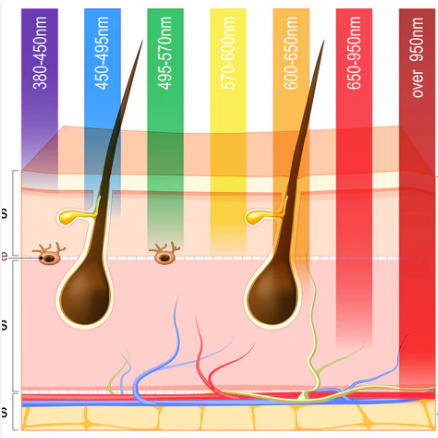
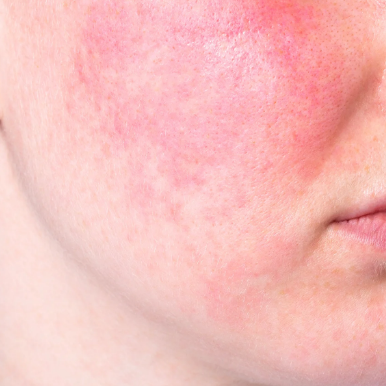
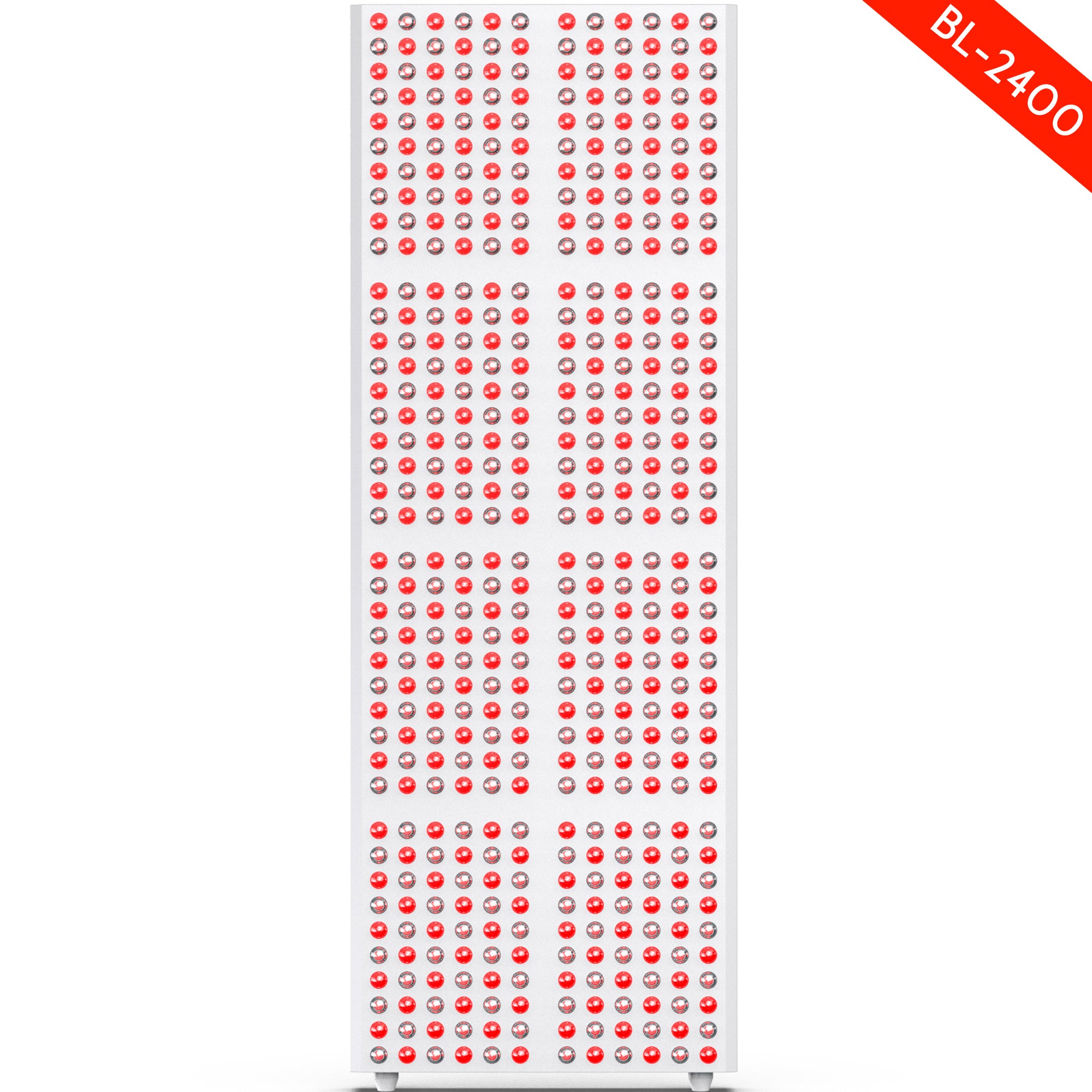
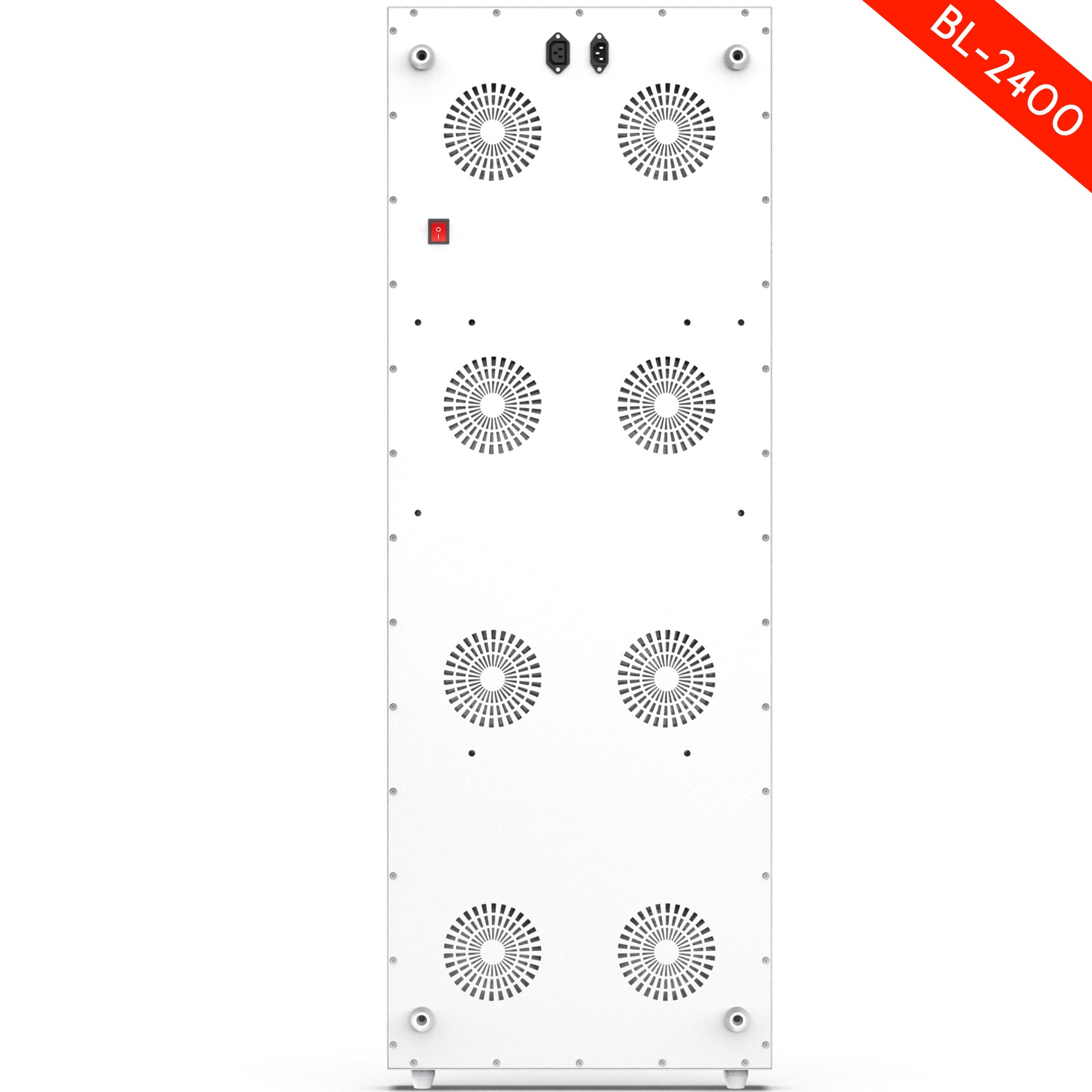
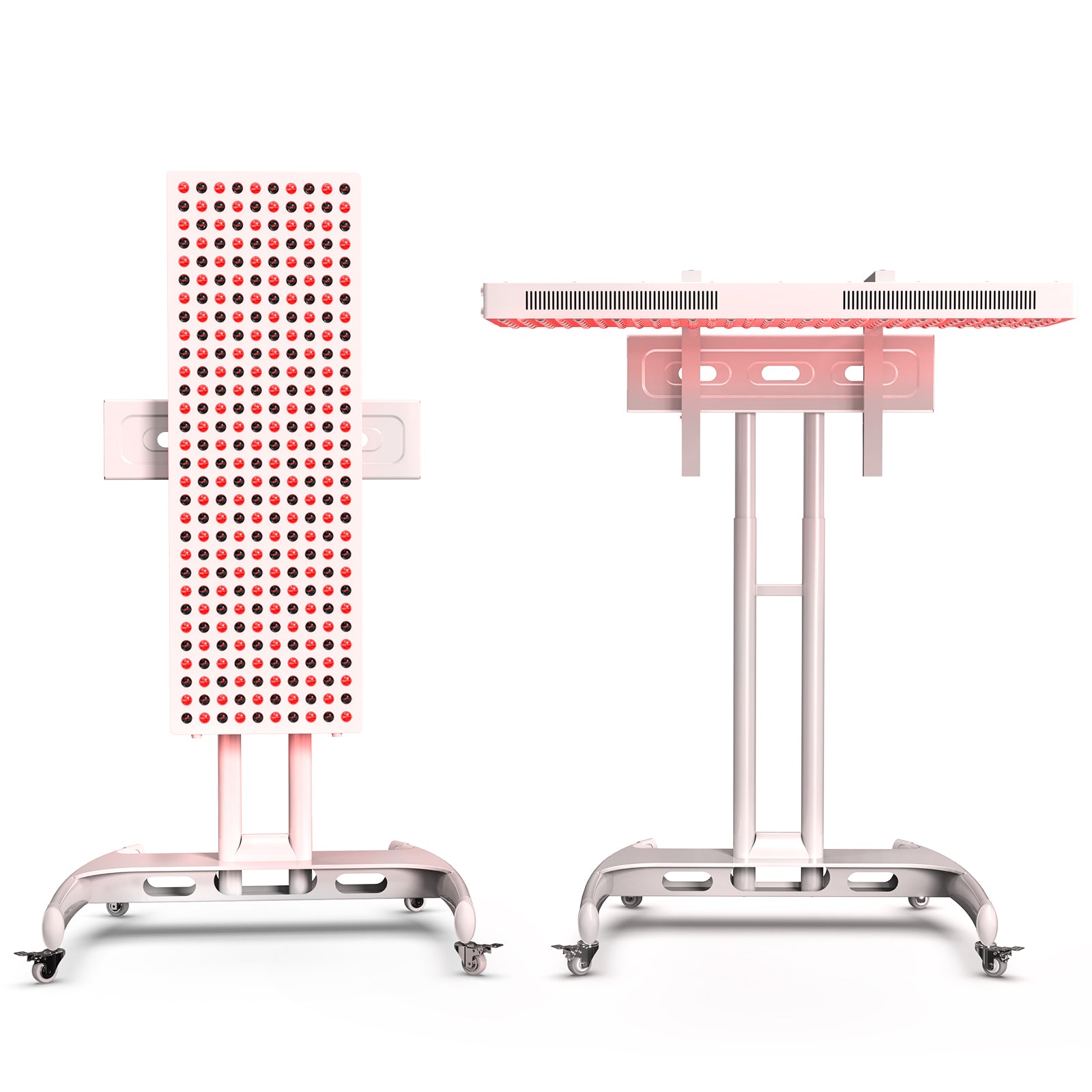
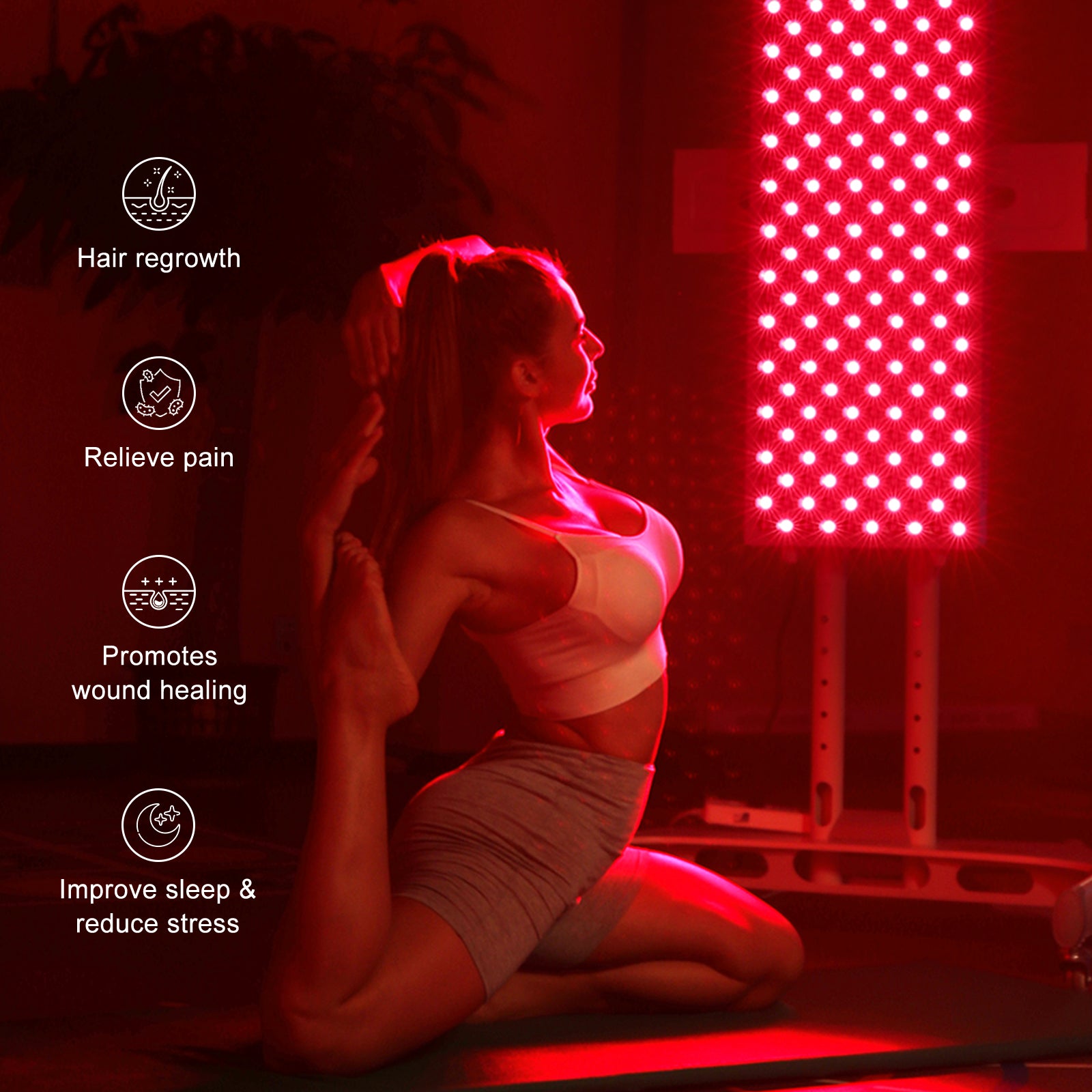
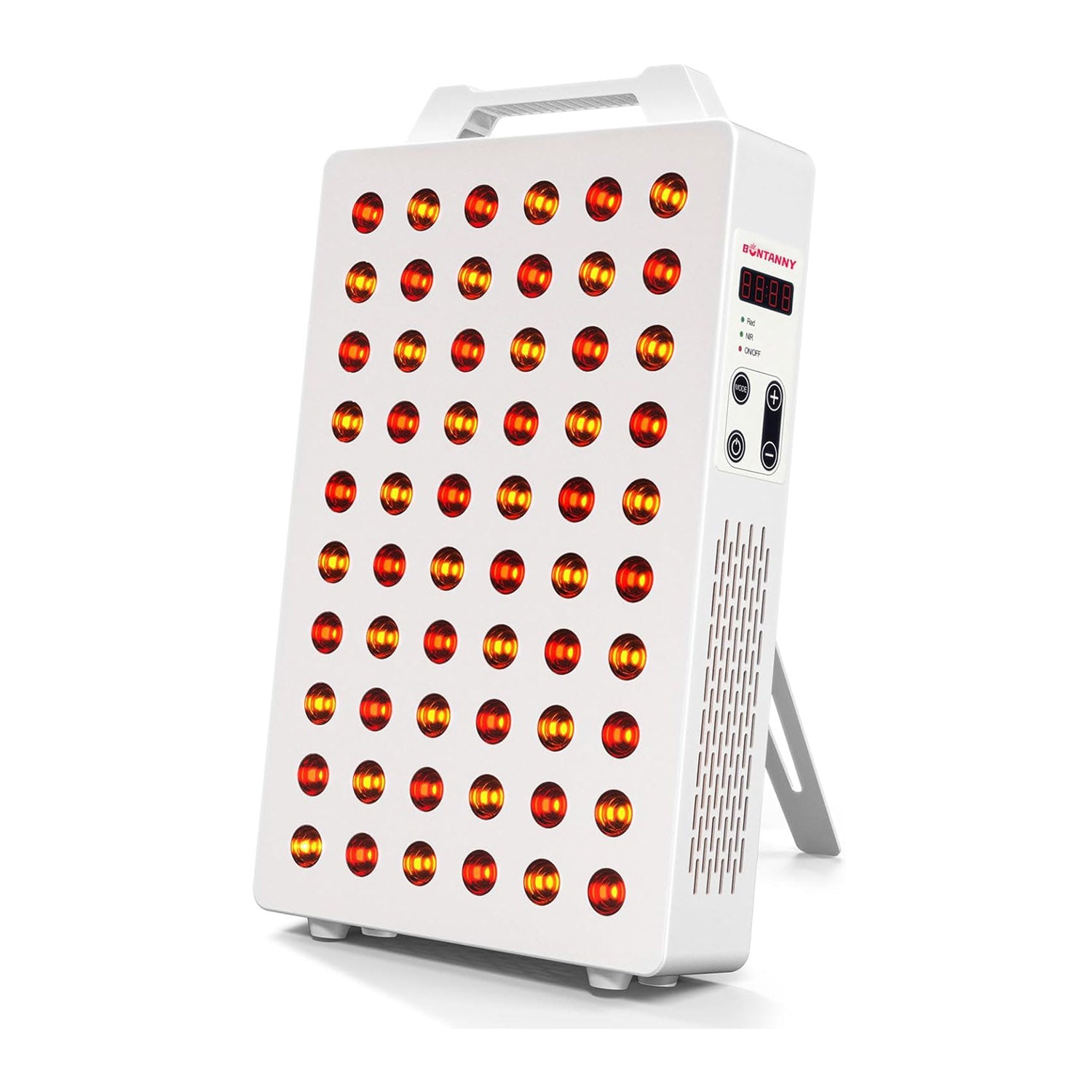
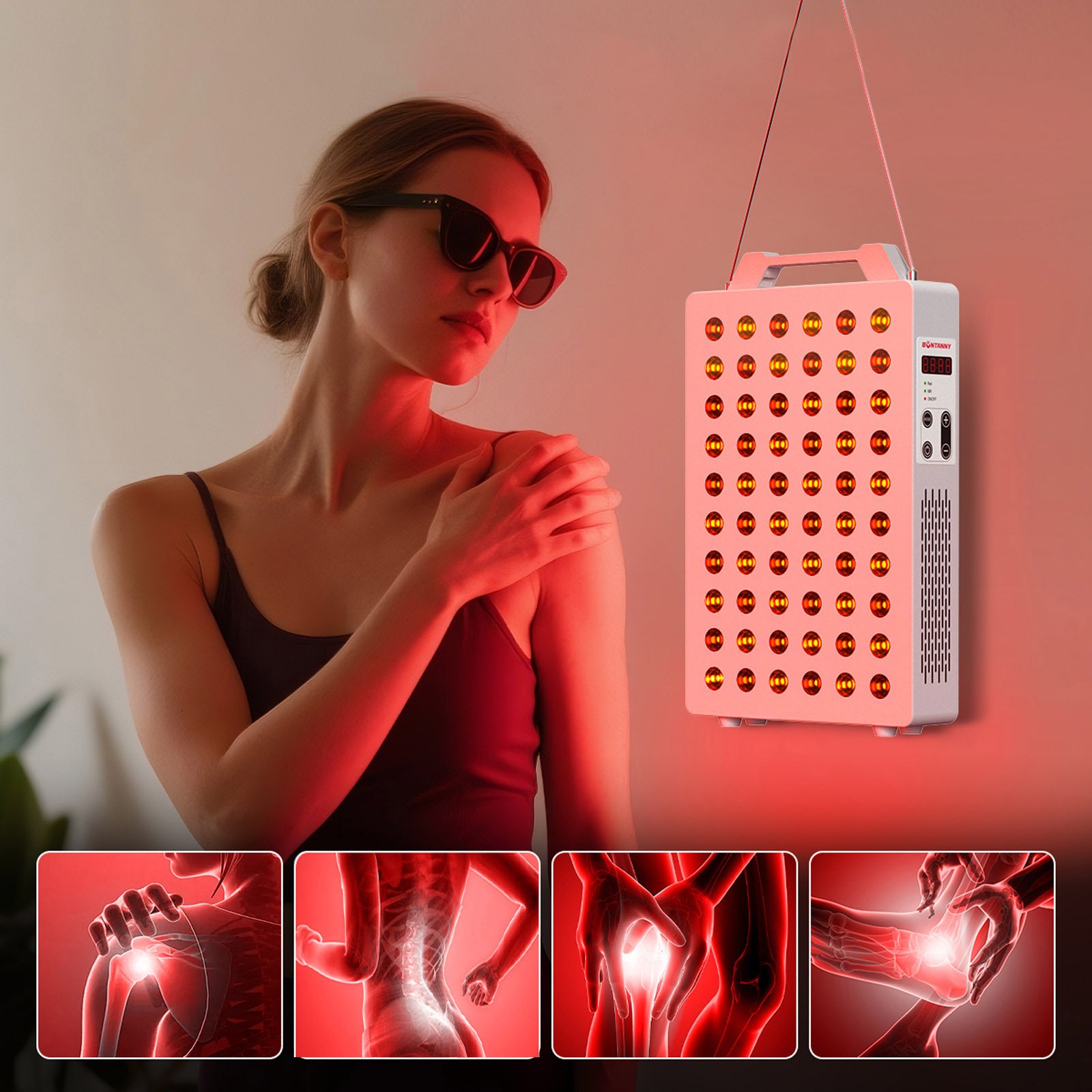
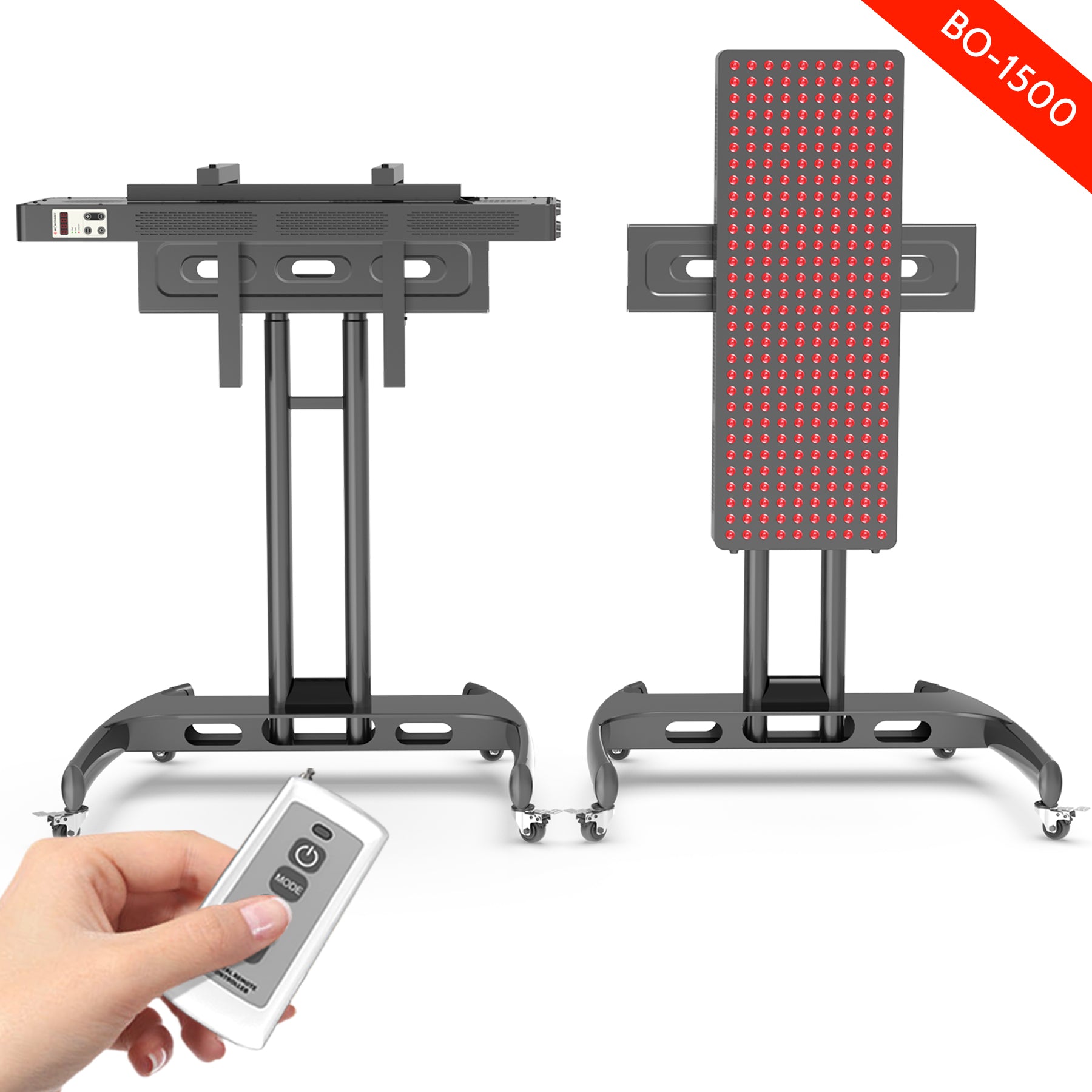
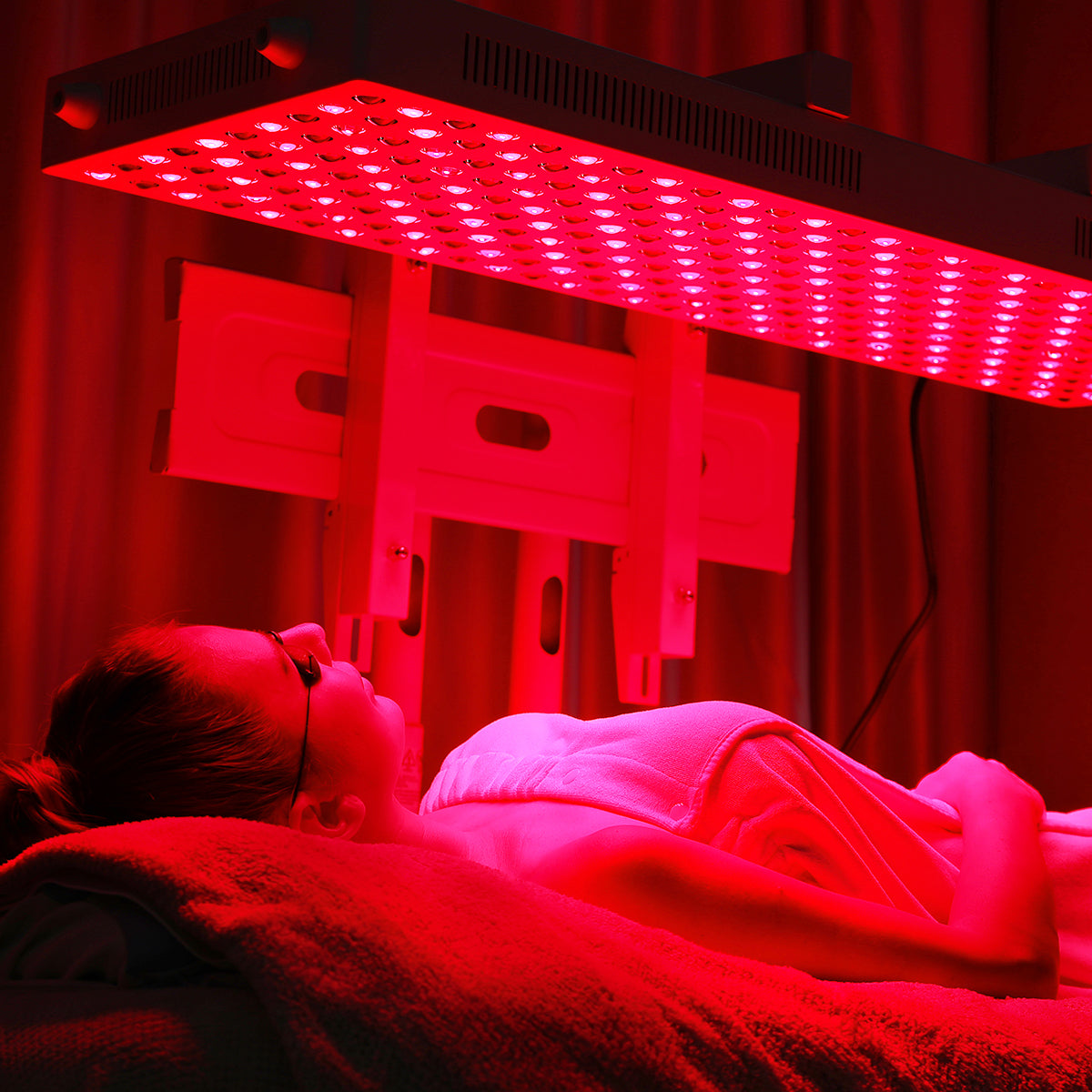
Leave a comment
This site is protected by hCaptcha and the hCaptcha Privacy Policy and Terms of Service apply.